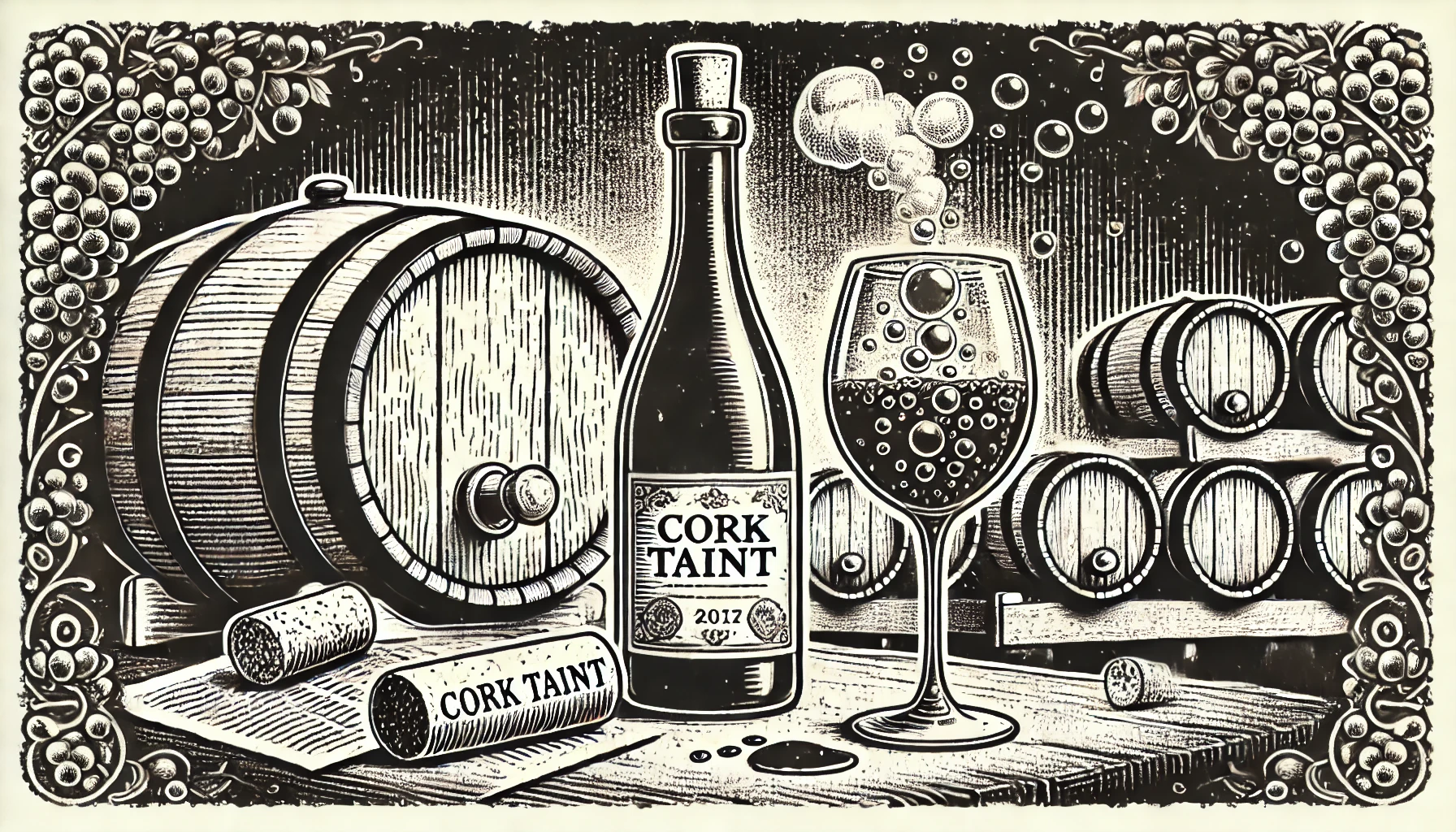
Cork taint, commonly caused by a compound called TCA (Trichloroanisole), is a wine fault that results in musty or moldy aromas, reminiscent of damp cardboard or wet newspaper. This fault occurs when wine comes into contact with contaminated cork, barrels, or even winery equipment. Although rare, cork taint significantly affects a wine’s aroma and flavor, masking its fruitiness and leaving a flat, unpleasant taste.
A corked wine can ruin the entire drinking experience, making it important for wine producers to ensure high-quality cork and storage conditions. It’s estimated that around 1-3% of bottled wines are affected by cork taint. For consumers, it’s often easy to detect, as the musty odor is quite distinctive.
Curious about more wine terms and insights? Visit our Wine Wiki section and explore the basic wine terms for expert definitions and tips!